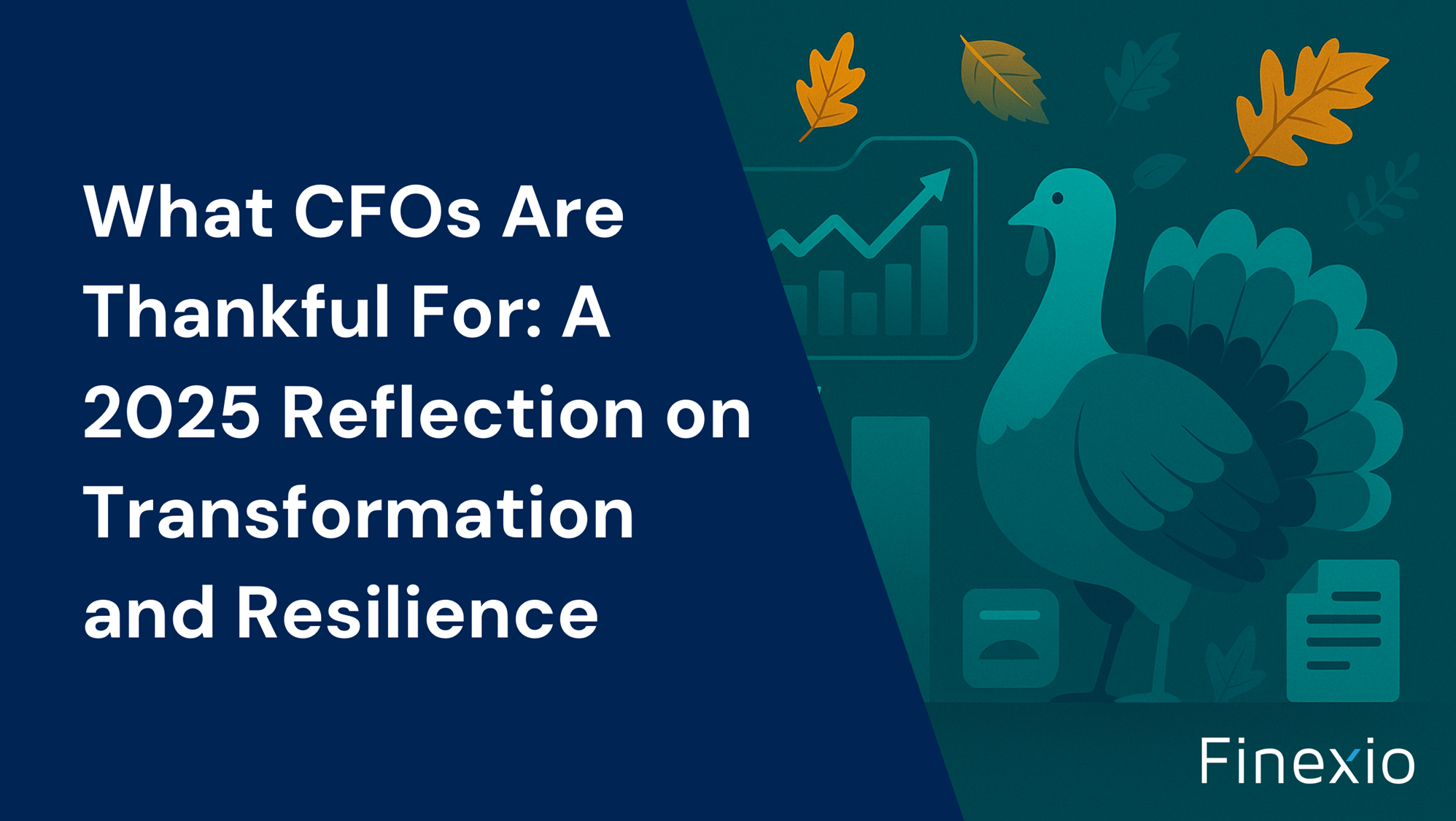Fintech, Bank Collaboration Creates Wins for Customers


As the fintech industry grows, it seems logical that the rivalry between these upstarts and the traditional financial services sector would only increase. The U.S. fintech industry, which is predicted to grow at a compound average annual growth rate of 10.1 percent through 2027, continues to launch products and services aimed at disrupting multiple aspects of the financial services sector.
However, a growing number of entrepreneurs are seeking to harness the power of fintech innovation to help the traditional financial services industry evolve. Dion Lisle, founder/managing partner at Forty Grand, is one such entrepreneur dedicated to leveraging technology for the benefit of America’s community banks. Ernest Rolfson, founder and CEO of Finexio, hosted Lisle on the B2B Cashflow Conversations podcast to discuss how fintech's and banks can benefit from such alliances.
In introducing Lisle, Rolfson noted his deep background in fintech start-ups and consulting firms, including his start-up Facere, which was designed as a sort of ‘Rosetta Stone’ between banks and fintech's. “Banks really have a challenge navigating the fintech arena, so tell us about how you came up with the Rosetta Stone analogy and about the barriers that you and I realize but many others don’t?” Rolfson asked.
“I came up with the analogy when I was doing a podcast at Money 2020 Europe,” Lisle said. “My daughter was studying Hindi and became fluent using the Rosetta Stone app. I realized that there was a huge language barrier between banks and fintech's because I’ve been on both sides. There’s not only a language barrier, but the way they operate, the way they look at things — everything is different, like two gears that won’t mesh.”
“I never bought the idea that fintech's were going to eliminate banks,” he continued. “I never bought that narrative; I’ve always thought they needed each other. I really wanted to be the Rosetta Stone quite literally between these two disparate worlds to deliver better value for customers, whether they were B2B or B2C.”
“What are some of the specific barriers that you’ve seen and how have you helped navigate them?” Rolfson inquired.
“You’ve heard the expression ‘culture eats technology for lunch,’ right?” Lisle replied. “It’s always down to people. You and I both know it is hard to get people to understand the value of technology and how it improves their work. My approach now in these situations is to start with the people and try to get them to understand that we’re here to make your job better. We’re not here to replace you. Digital is a tool for you to offer better service. I tell community banks all the time, personal service plus digital service equals concierge service.”
“A lot of organizations in the community bank space must come in with a low-tech environment, is that fair to say?” Rolfson asked.
“Worse, because they may have a consultant like Jack Henry and they just do what they’re told, which means they are a captive audience to a narrow view of technology.” Lisle replied.
“Tell us about your Forty Grand venture and the value that you want to bring to community banks,” said Rolfson. “What was your inspiration for founding this new venture?”
“After three plus years with Facere, I realized that the hardest part of my job was dealing with mega banks,” he said. “I met Mike and Carlton, my partners in Forty Grand, who have worked with community banks. Community banks between $300 million and $5 billion in assets aren’t large enough to have a chief technology officer, nor should they, but there is a tremendous opportunity with these banks to add value to their footprint with digital. They don’t need a giant digital transformation program with PwC or Accenture.”
Rolfson agreed, saying, “That gets everything upside down, changing their whole back office, going to the cloud, doing everything.”
“Exactly,” said Lisle. “Digital transformation in this situation is too big to succeed and will fail later in something like 80 percent of the cases. Instead, I talk about one process at a time.”
In response, Rolfson remarked, “It’s almost like driving up the value for the community banks by being more laser focused, delivering a purpose-built solution for the specific bank pain point.”
“Yes,” said Lisle. “It’s about fixing a process, finding a method to get your customers digitally engaged.”
“What’s the benefit to the end user?” Rolfson asked.
“Fair question,” Lisle replied. “Community banks are obsessed with their end user experience. They think a lot about their small business customers. The pandemic has shown us a lot of the value in local businesses. The small and medium sized business (SMB) customers of these banks need more than a nice relationship, they are demanding digital.”
Rolfson and Lisle agreed that providing community banks with outsourced digital technology expertise was a win for both the banking and fintech industries. More banks than ever are realizing the value-add of fintech, including Banc of California, which recently invested in and partnered with Finexio. The two organizations plan on launching an AP B2B payments and working capital platform by the second quarter of 2022.
Learn more about how fintech capabilities can create a seamless payment experience for your business customers. Contact us for a consultation.
Watch the full episode of “B2B Cashflow Conversations” with guest, Dion Lisle.
Get the free Newsletter
Get the latest information on all things related to B2B and electronic payments delivered straight to your inbox.




